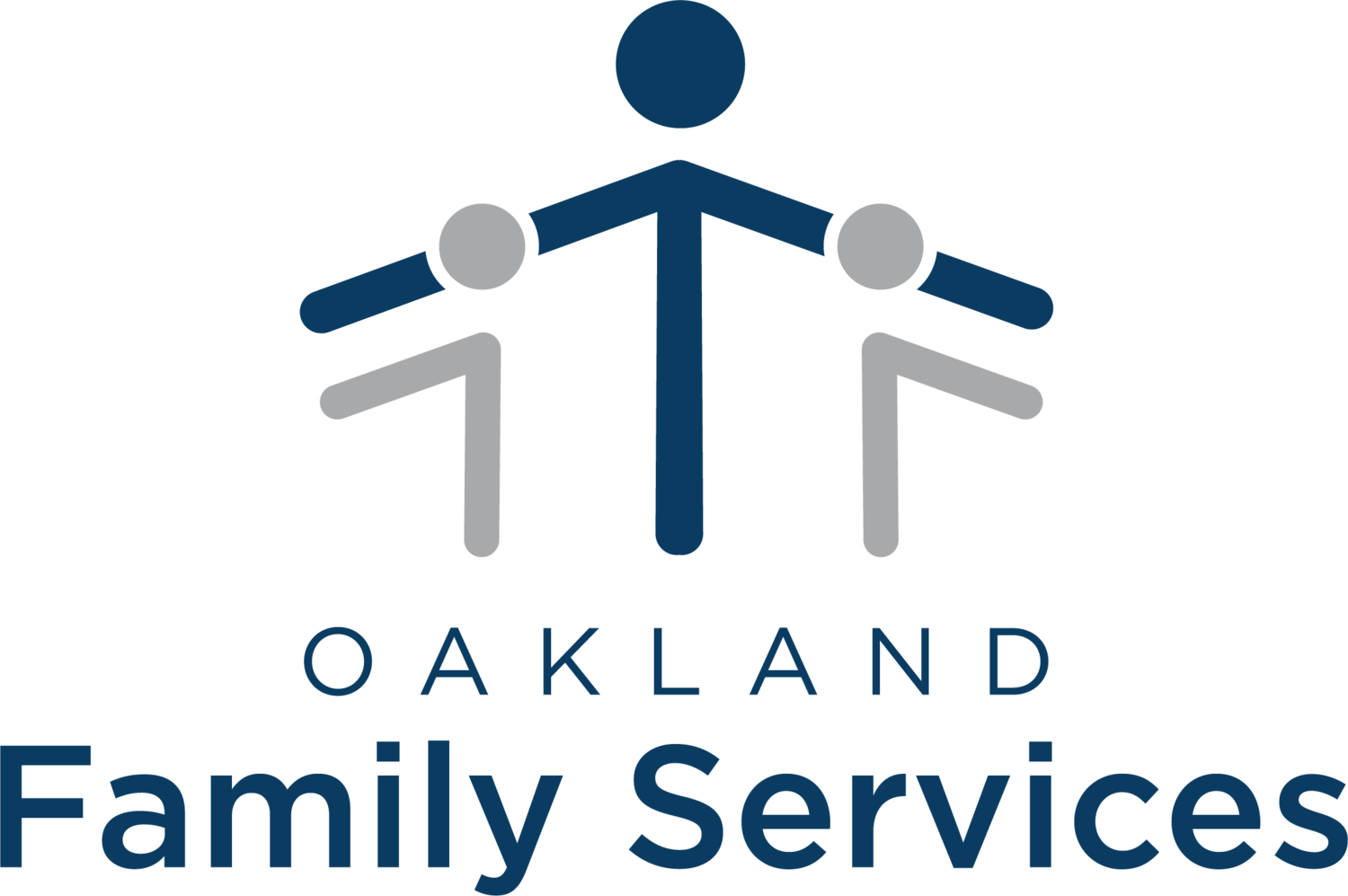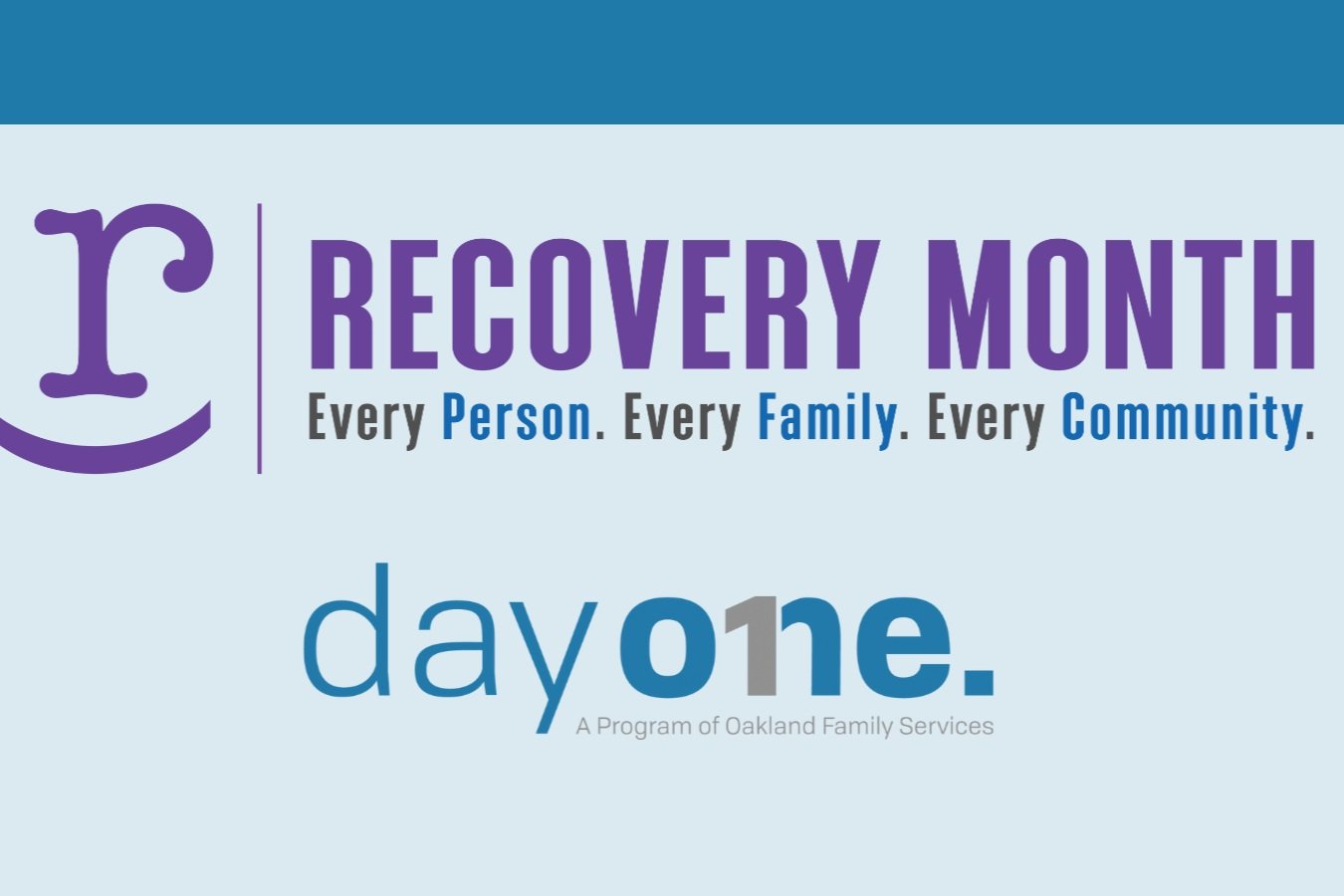Naloxone: Rescuing people from opioid overdoses
During the first year of the COVID-19 pandemic, the Michigan Department of Health and Human Services (MDHHS) reported a significant increase in EMS responses for opioid overdoses, including a 33% increase from April to May 2020 alone. Moreover, between April 2020 and April 2021, more people than ever before have died of drug overdoses in Michigan and across the nation, according to the Centers for Disease Control and Prevention.
What are opioids?
Opioids are controlled substances that are typically prescribed by a doctor for pain relief after a major injury, illness or surgery.
The most commonly prescribed opioids are:
Hydrocodone (Vicodin®)
Oxycodone (OxyContin®, Percocet®)
Xymorphone (Opana®)
Morphine (Kadian®, Avinza®)
Codeine
Fentanyl
However, there is one type of opioid, heroin, that is never prescribed.
Opioids can be extremely dangerous because they reduce pain and increase sedation. In other words, it makes the person taking them feel “high.” When someone uses prescription opioids for a long time, it can cause an increased tolerance, which can lead to the person needing higher and/or more frequent doses to keep feeling that euphoria, according to National Institute on Drug Abuse.
People who continuously use opioids can develop a physical dependence, which means that they need opioids to function normally. When people repeatedly use opioids to chase a high, this can lead to an addiction — a substance use disorder (SUD).
According to Substance Abuse and Mental Health Services Administration’s (SAMHSA) National Survey on Drug Use and Health, about 10.3 million people aged 12 or older misused opioids in 2017.
What does an opioid overdose look like?
An overdose can happen even with prescription opioid pain relievers. If you see any of these signs of opioid overdose, act quickly and call 911 immediately:
Extremely pale and/or clammy face
Limp body
Blue/purple fingernails or lips
Vomiting or making gurgling noises
Pin-point sized pupils
Cannot be awakened or speak
Breathing or heartbeat slows or stops.
When first responders arrive, they will administer naloxone, more popularly known by the brand name NARCAN®. The drug works quickly to block the effects of the opioid in the brain, restore breathing and reverse the overdose. It is available as a nasal spray or an injection.
"Paramedics are trained on how to recognize the signs of an overdose and the treatment required to combat the effects of an overdose,” said Andrew Brown, vice president of stakeholder integration at Medstar Ambulance. Andrew explains that after paramedics administer the naloxone to the person experiencing the overdose, “the person will become more alert, they could possibly become agitated and possibly combative. They could also become sick to their stomach and possibly vomit.”
For 50 years, naloxone has been used to reverse the effects of opioid overdose; naloxone was approved for opioid use disorder treatment in the United States in 1971. In 1996, 15 states and Washington, D.C., began piloting take-home naloxone kits for laypersons, and nearly 26,000 lives have been saved as a result, according to the CDC.
In 2015, the Food and Drug Administration (FDA) approved NARCAN® and approved a higher dose naloxone nasal spray, KLOXXADO®, in 2021.
However, first responders are not the only people who can administer NARCAN. In fact, it is available from Michigan pharmacies without a prescription, which means individuals, family members and friends can obtain NARCAN to have on-hand for use in an overdose emergency. All major pharmacies such as CVS, Walgreens and Rite Aid stock NARCAN, and most health insurances offer at least some coverage for it. There are also many different community-based programs that offer NARCAN kits.
Oakland County residents can receive free training on how to use NARCAN to help loved ones during an opioid overdose through the Alliance of Coalitions for Healthy Communities. The Alliance offers free hourlong online classes and lifesaving NARCAN® kits.
“If a friend or family member is living with a substance use disorder or working in a recovery program, having NARCAN on-hand can save their life,” said Andrea Orsini, LMSW, ACSW, CADC, director of Day One at Oakland Family Services.
NARCAN should be used in both known and suspected cases of opioid overdose, as it has no effect when used on a person who has not used opioids.
Is treatment available for addiction to prescription opioids?
Opioid addiction can be treated with medication and behavioral therapies. Day One clinicians understand that the nature of substance use disorder is complex and affects every aspect of life. Clinicians teach clients how to stop the cycle of substance misuse through outpatient treatment services that include:
Group therapy
Individual therapy
Psychiatric evaluations
Family sessions
Educational groups
Drug screening
Day One has offices in Pontiac, Walled Lake and Berkley and also offers counseling services online. For more information or to schedule an appointment, please call (248) 858-7766 or email mguimond@ofsfamily.org, and our customer service representative will contact you as soon as possible.































